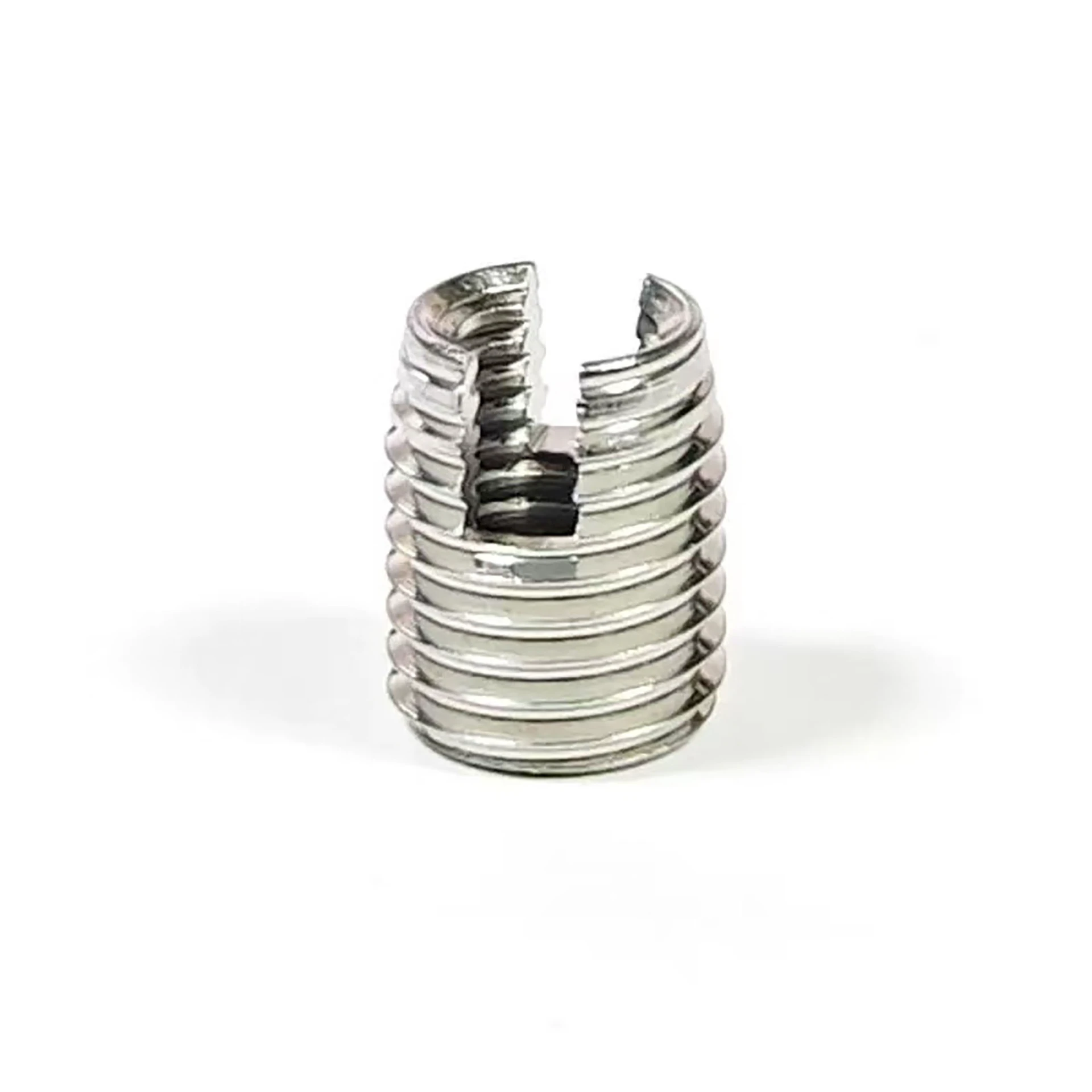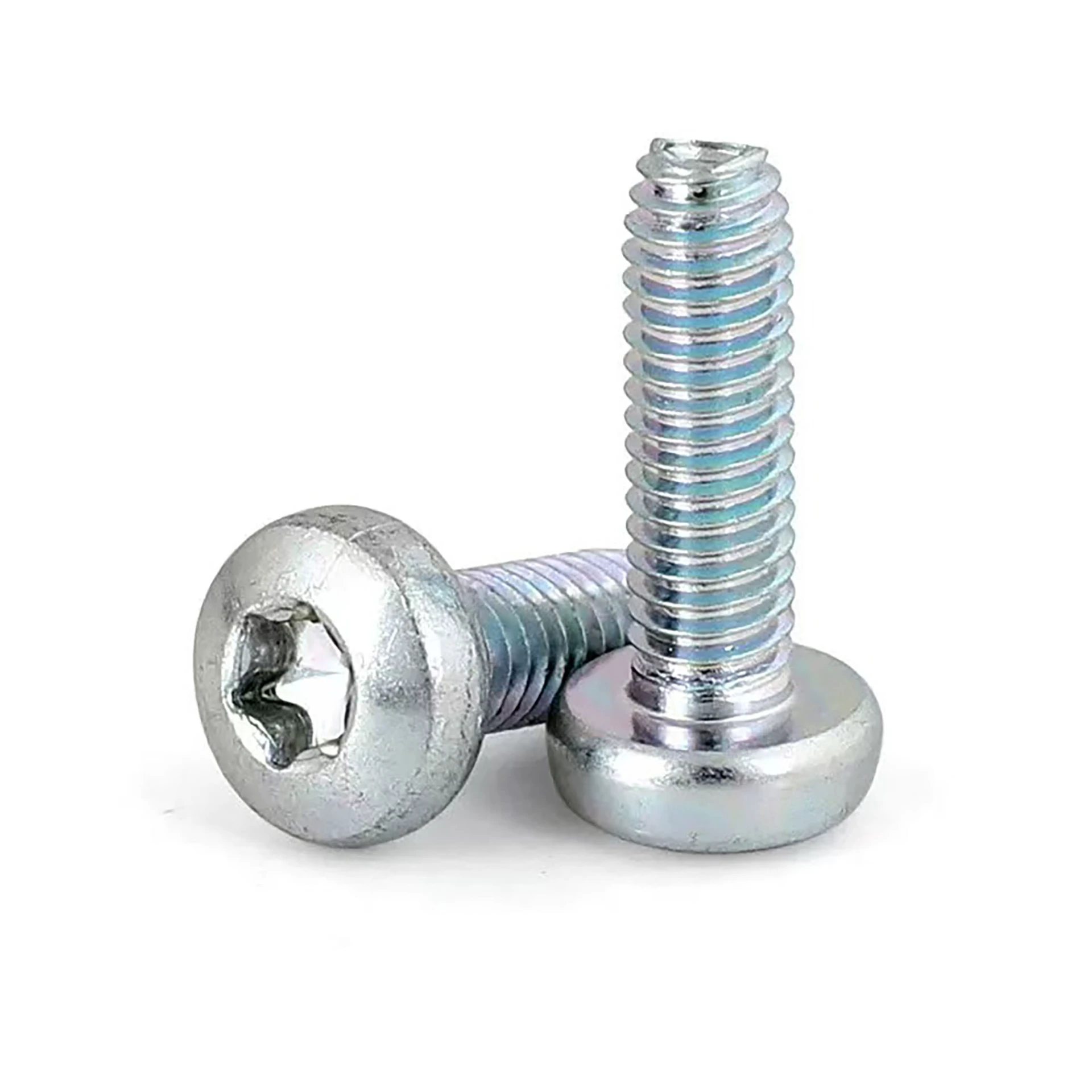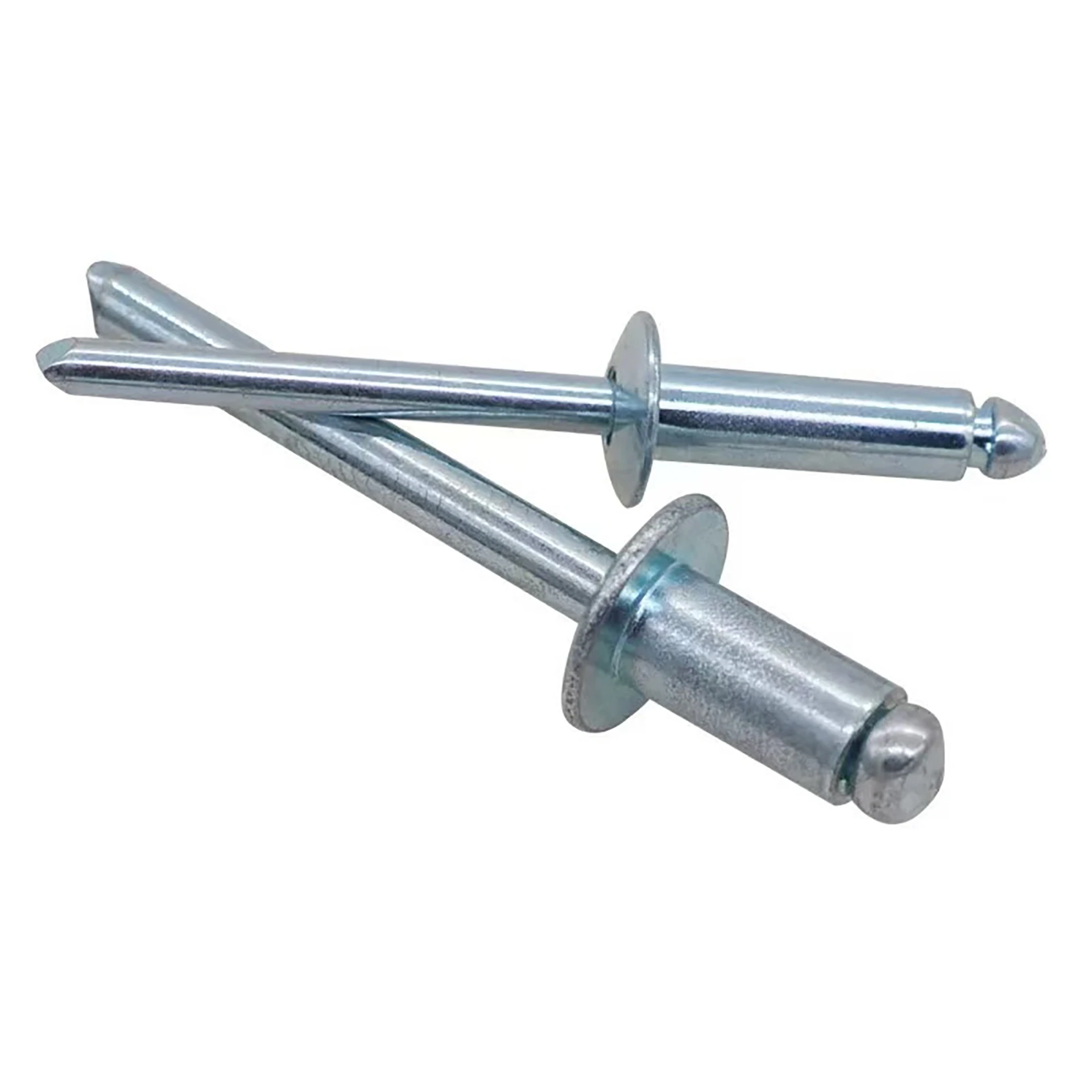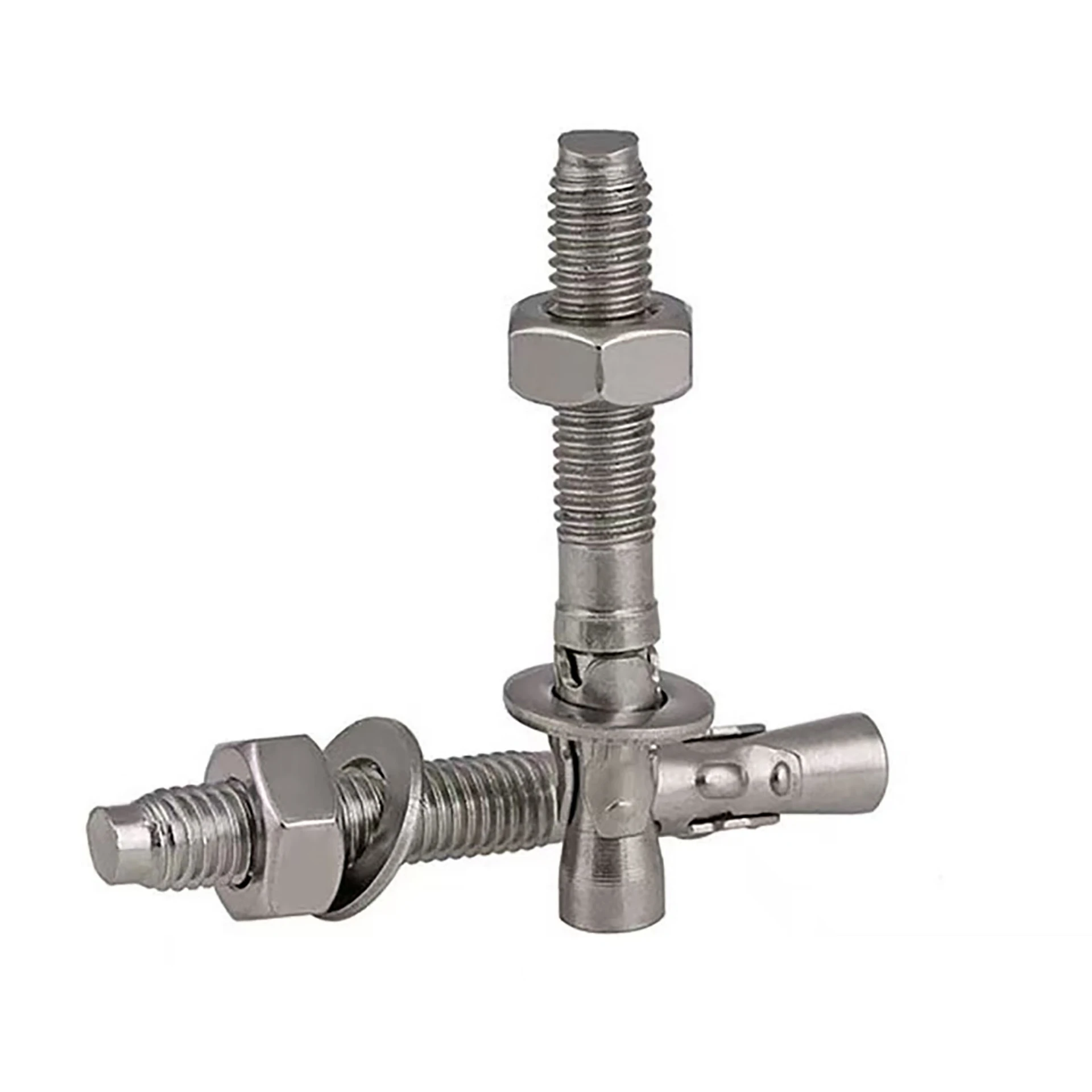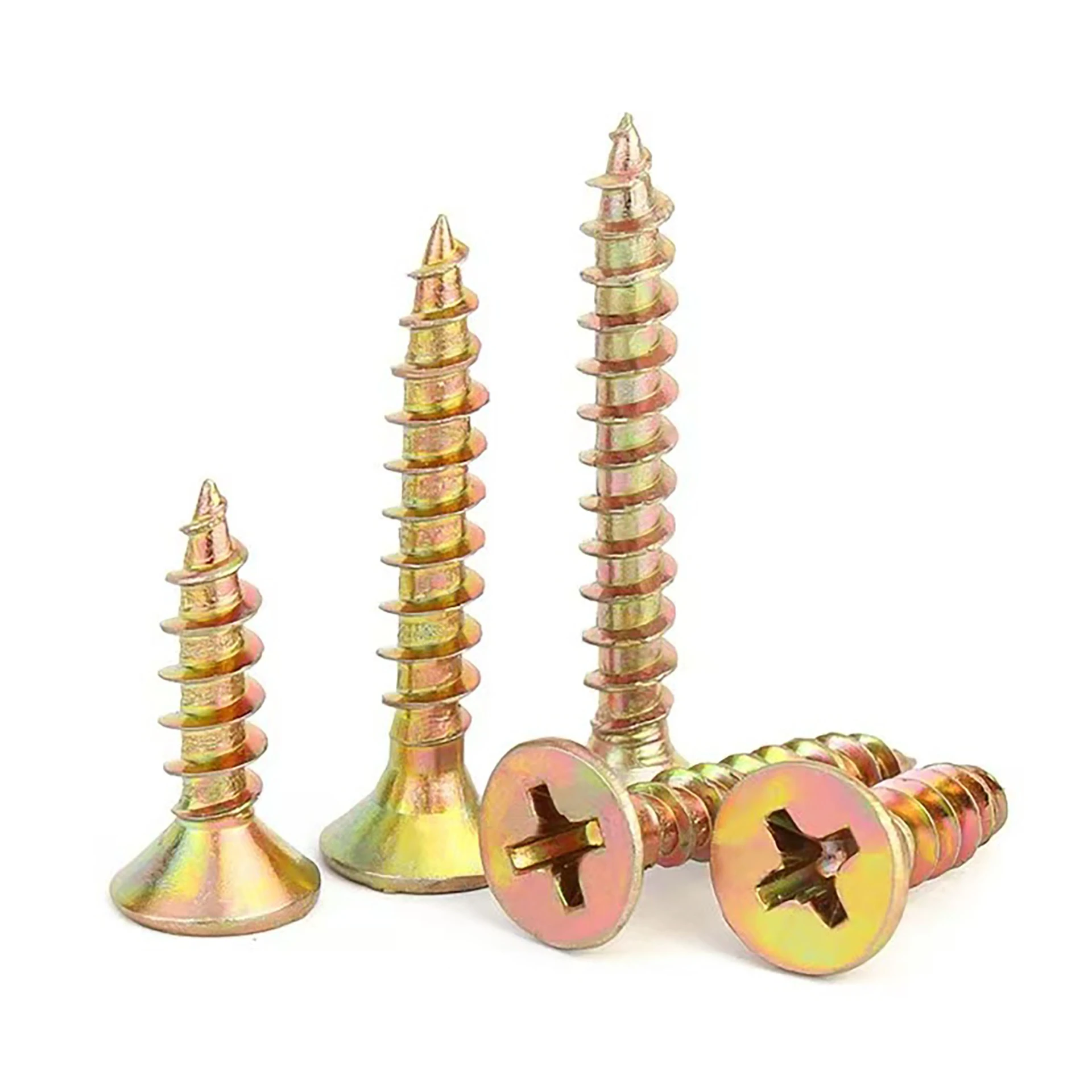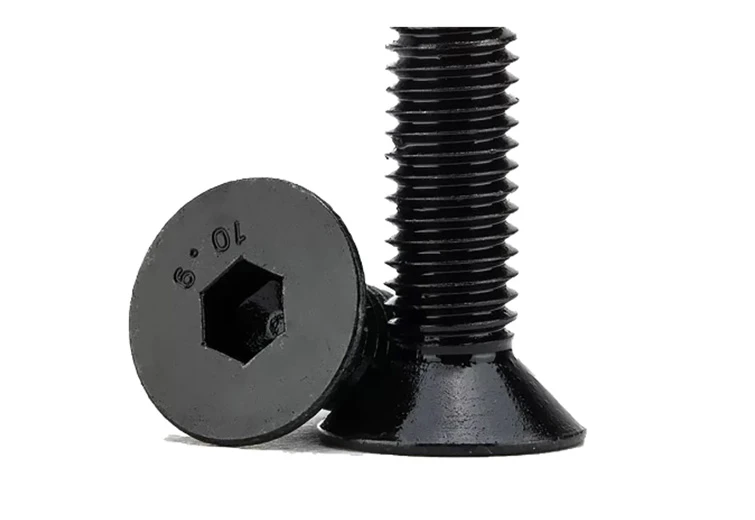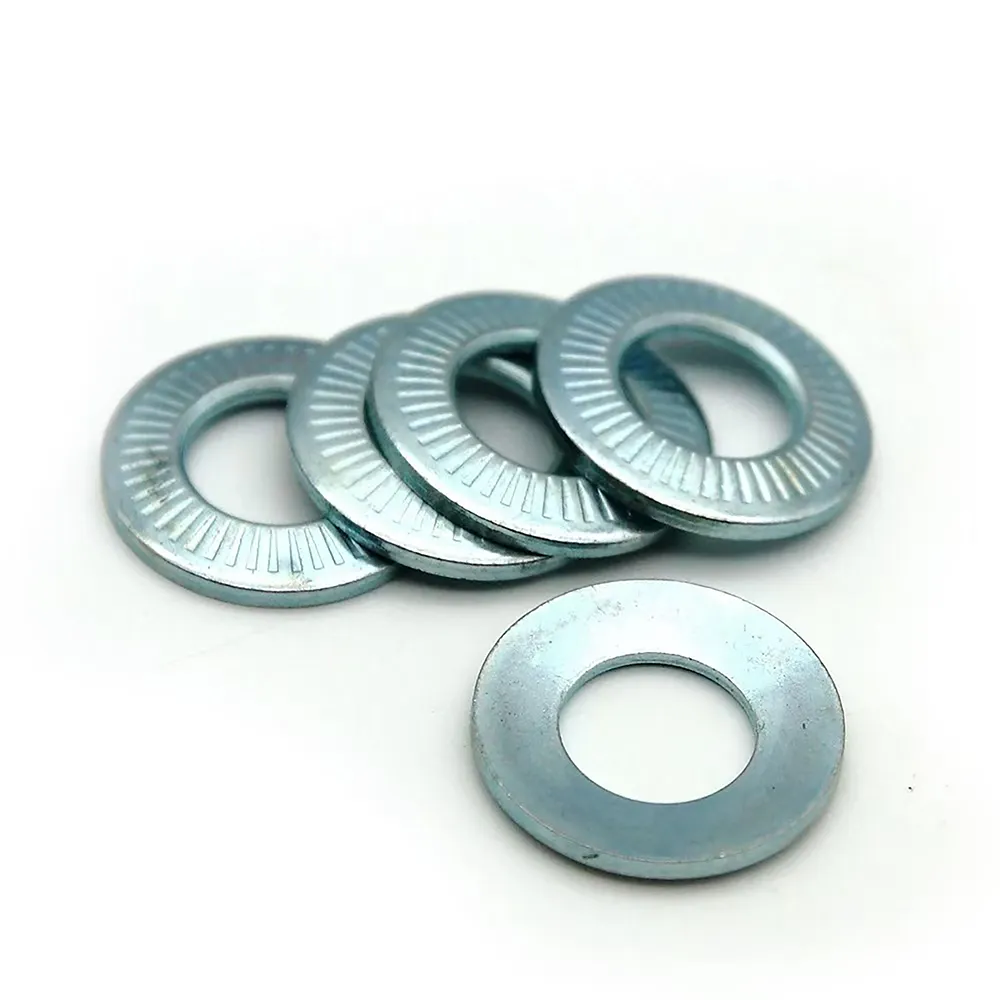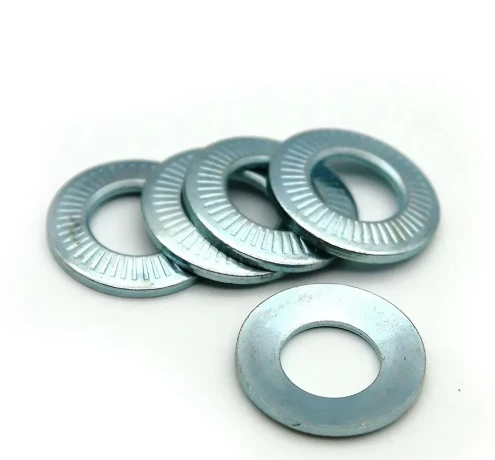Carbon Steel Hex Nut - High Strength & Precision Threads
Carbon Steel Hex Nut buyer’s brief: what’s changing, what matters
If you work in fabrication or assembly, you’ve probably wrestled with the same pain points: challenges in sheet metal joining and the high costs of traditional methods. Many customers say they shifted from spot welding to bolted joints simply because rework and burn-through were driving them mad. That’s where the Carbon Steel Hex Nut keeps showing up as the quiet hero—reliable, spec-compliant, and honestly, cheaper to manage across mixed materials and thicknesses.
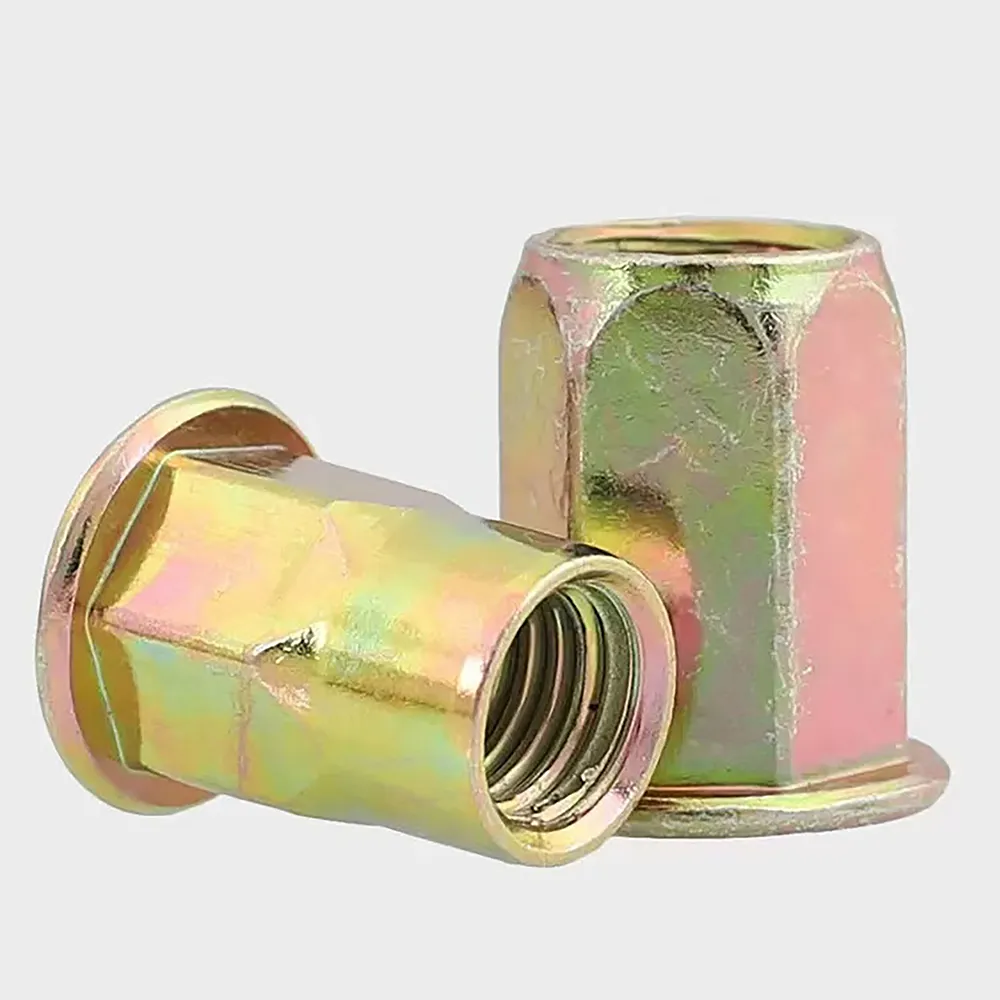
What’s trending in fasteners (to be honest, it’s about flexibility)
Across EV, HVAC, solar mounting, and modular construction, buyers want fewer weld ops and more flexibility in assembly sequencing. The Carbon Steel Hex Nut pairs with press-formed holes, clinch studs, or simple through-holes, enabling reversible joints, easy field service, and lower energy use (no welding rigs humming all day). Supply teams also like the vendor competition—nuts are standardized, so you’re not locked in.
Process flow and quality controls (how it’s really made)
Origin: Hanguang Industrial Park, Yongnian District, Handan City, Hebei Province. Materials: low/medium carbon steel wire rod (typ. C ≤ 0.55%), chosen to match property classes. Methods: cold heading → trimming → tapping (roll-tap for strength where applicable) → heat treatment (quench & temper for class 8/10) → surface finish (Zn, Zn–Ni, phosphate, black oxide, or plain) → lubrication → 100% optical sorting where specified → packed & labeled.
Testing standards applied: ISO 898-2 proof load, ASME B18.2.2 dimensional checks, ISO 1502 thread gauges, ASTM B117 salt spray for coatings; plating per ISO 4042. Typical service life: indoors ≈ 10–20 years with Zn coating; outdoors with Zn–Ni or topcoat ≈ 5–15 years (real-world use may vary by environment).
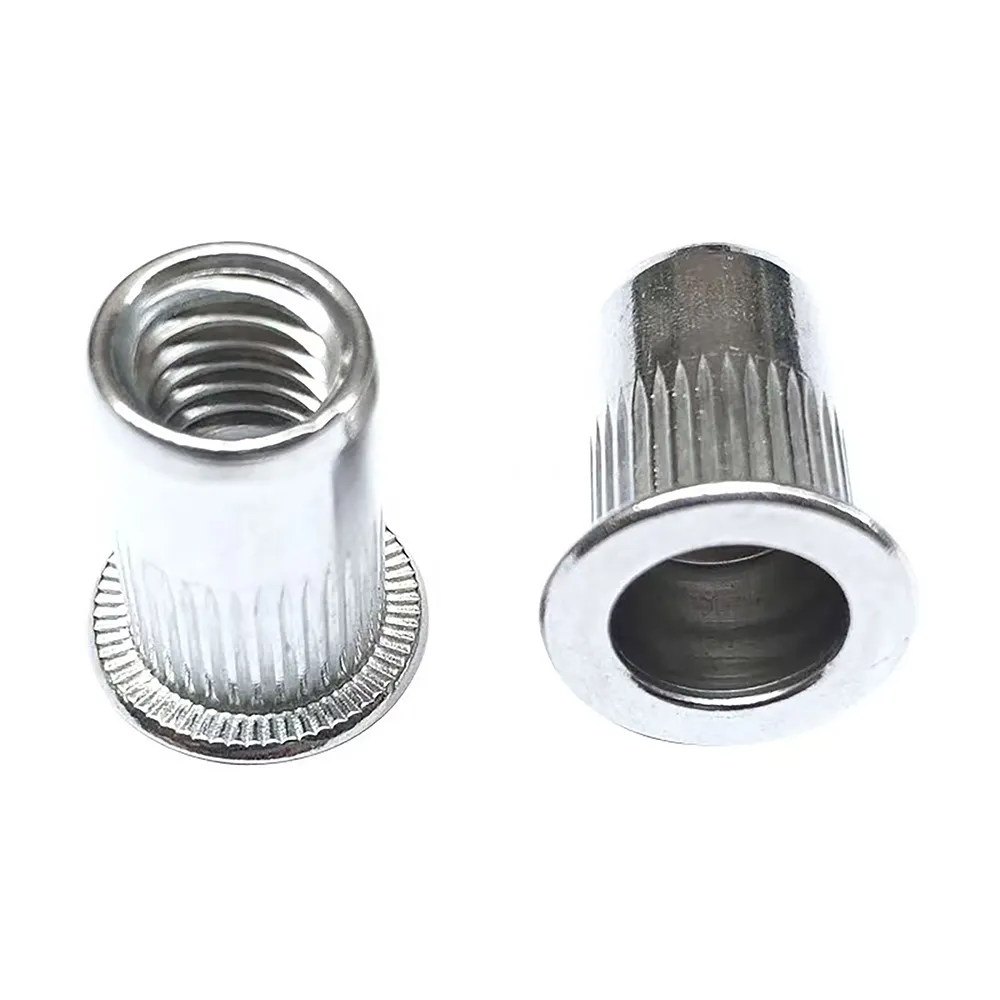
Product specifications (the essentials)
| Item | Spec |
|---|---|
| Standards | ISO 4032 / DIN 934; ASME B18.2.2 |
| Property classes | 6, 8, 10 (per ISO 898-2) |
| Threads | Metric coarse/fine; UNC/UNF; 6g/2B fit |
| Size range | M3–M36, 1/4"–1-1/2" |
| Finishes | Plain, Zn, Zn–Ni, black oxide, phosphate; RoHS compliant |
| Proof load (example) | Class 8 M8 ≈ 14–16 kN; M10 ≈ 23–26 kN (illustrative; verify per drawing) |
| Sorting options | 100% optical/camera sorting available |
Application scenarios: sheet metal chassis, HVAC housings, automotive brackets, racking and frames, light construction, and maintenance kits. Advantages over welded studs? Faster rework, no heat distortion, and simpler surface finishing workflow. Actually, installers love the forgiving alignment.
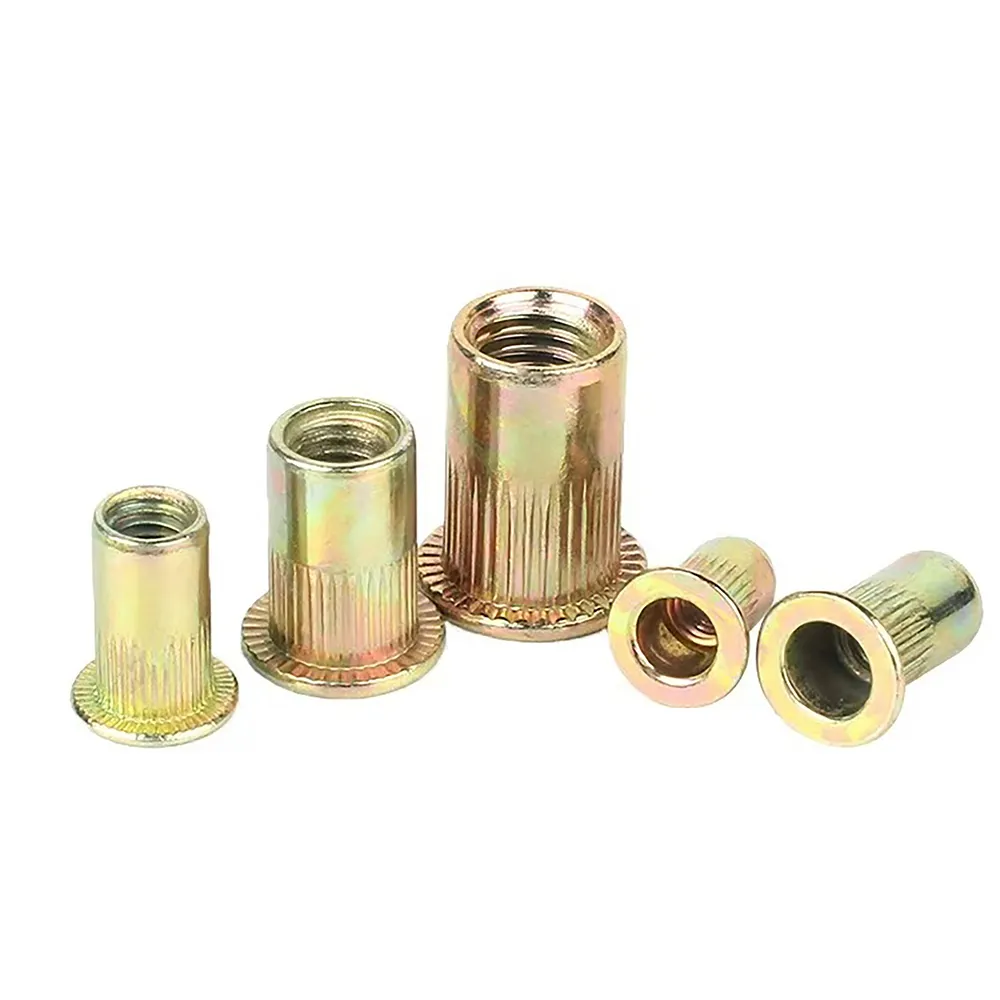
Vendor comparison (quick snapshot)
| Criteria | Fastenboen | Vendor A | Vendor B |
|---|---|---|---|
| Certifications | ISO 9001; supports IATF 16949 PPAP | ISO 9001 | None listed |
| Lead time | 10–25 days | 25–40 days | ≈ 30+ days |
| Optical sorting | Available 100% | Limited | No |
| MOQ | Flexible | High | Medium |
| Coating options | Zn, Zn–Ni, black, phosphate | Zn only | Zn; black |
Case study: replacing weld ops in HVAC cabinets
A Tier-2 HVAC enclosure shop swapped weld nuts for Carbon Steel Hex Nut + bolt assemblies. Result? Scrap down 1.8% → 0.4%, station cycle time cut by ~14%, and—surprisingly—paint defects dropped because there were no heat-affected zones. Salt-spray on Zn–Ni coated nuts hit 480 h to red rust (ASTM B117, customer lab), easily meeting their outdoor spec. Torque audits reported zero thread stripping across 30 samples at property class 8 proof levels.
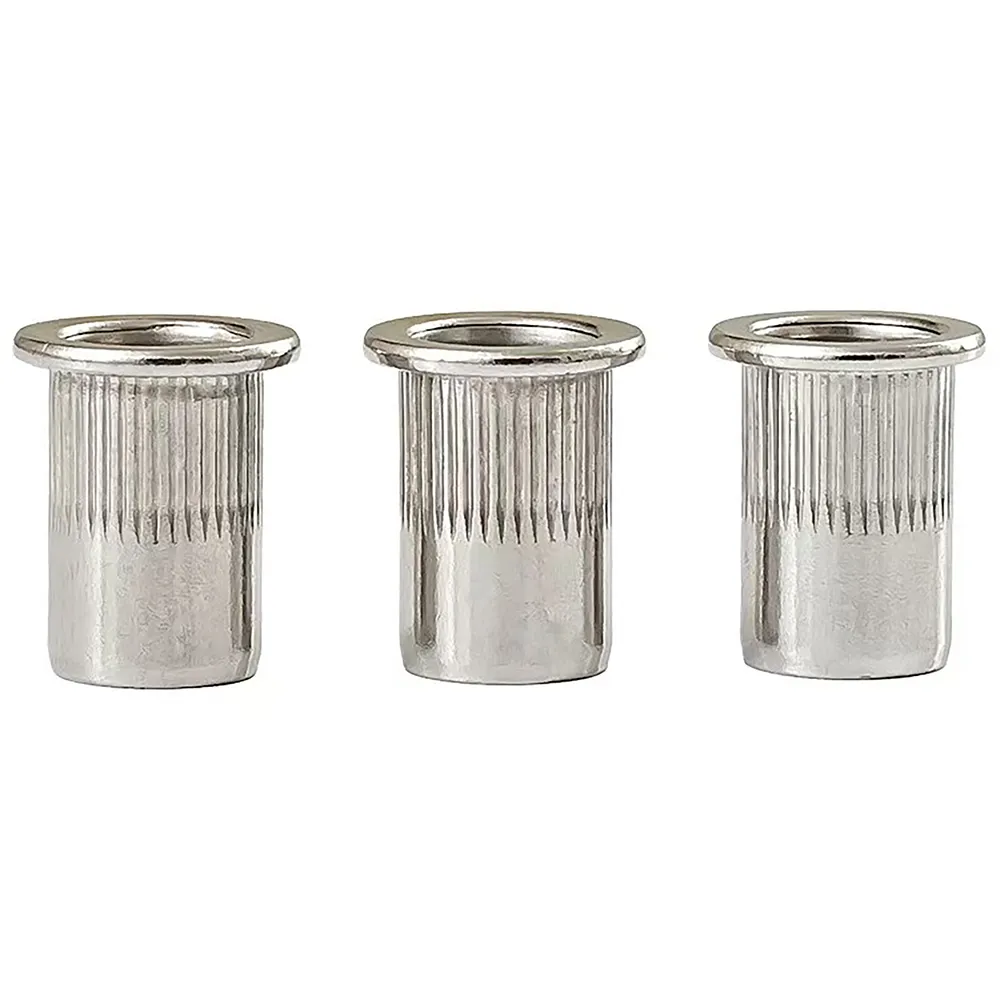
Customization and support
Options include: pre-applied anti-vibration patch, light oil or dry-lube, laser/box marking, special packaging (kanban, barcodes), PPAP documentation for automotive, and 100% camera sorting. For sheet metal lines, the Carbon Steel Hex Nut pairs nicely with torque-marking pens and low-variance drivers—simple, robust, scalable.
Quick tip: request the mating bolt grade to match nut property class (per ISO 898-2). It seems obvious, but mismatches still sneak into RFQs.
Authoritative citations
Who We Are: The Right Fastener Partner for Global SMEs
Handan Boen Fastener Manufacturing Co., Ltd. (Est. 2010) specializes in producing standardized industrial fasteners, including bolts, nuts, washers, and other essential components. We provide cost-effective for small and medium-sized buyers in industries such as automotive parts, agricultural machinery, and construction.
